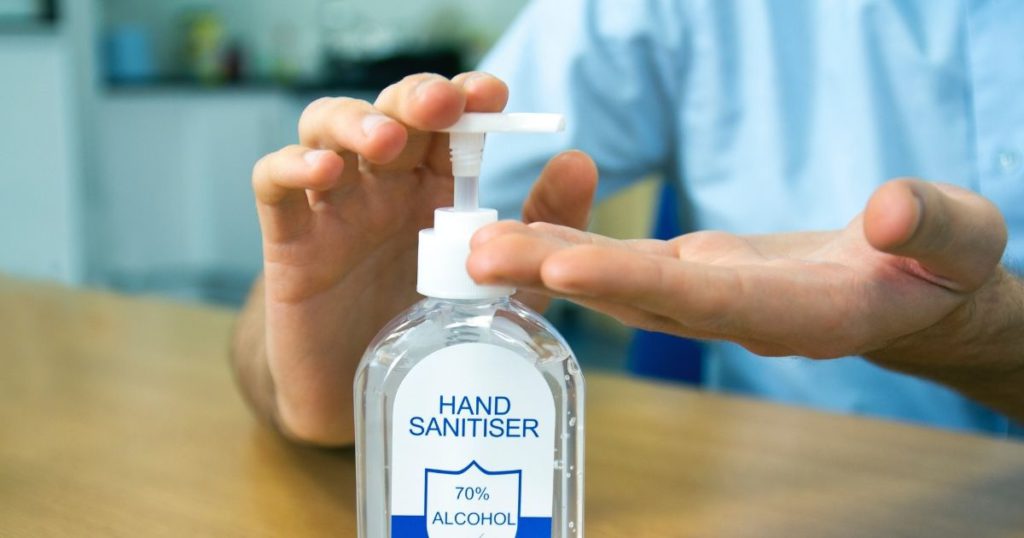Following a study published in the journal, JAMA Ophthalmology parents and caregivers are cautioned to be mindful of hand sanitisers as they can be harmful to children’s eyes. The study reveals that more children have had to seek medical attention due to hand-sanitizers causing damage to their eyes. Since the pandemic hand sanitizers have become part of the new normal. Most schools and business places have installed dispensers so that persons can sanitise; in some places sanitising before entry is mandatory.
Unfortunately, not much consideration seems to have been given to children as it relates to the placement of dispensers. In most cases dispensers are placed at waist level of adults (3ft); this is often above children’s heads. At this height, children often must look up; this is part of the problem since sometimes the sanitiser falls into the children’s eyes. Additionally, children will play with sanitisers and may accidentally squirt some into their eyes or the eyes of their friends. Parents and guardians need to be vigilant to prevent such incidents.
Sanitisers consist of high concentrations of ethanol. When ethanol gets in contact with the cornea, cells in the cornea die. This is very serious as the cornea protects the eye from dust and germs; it also controls the amount of light that goes into the eye. There have been reported cases of the damage being so severe that two children had to undergo surgery to transplant tissues to their corneas. Other cases were not so severe but required treatment of saline solutions and eyedrops. If hand-sanitiser gets into a child’s eyes it is recommended that the eyes be rinsed immediately with pure water. According to CNN Health, based on the study doctors are recommending:
- Promoting handwashing with soap and water over hand sanitiser
- Teaching and training children how to use hand sanitisers
- Having separate dispensers at shops and malls for children, preferably at a lower height (i.e. below face level)
- Placing caution signs next to sanitiser dispensers




